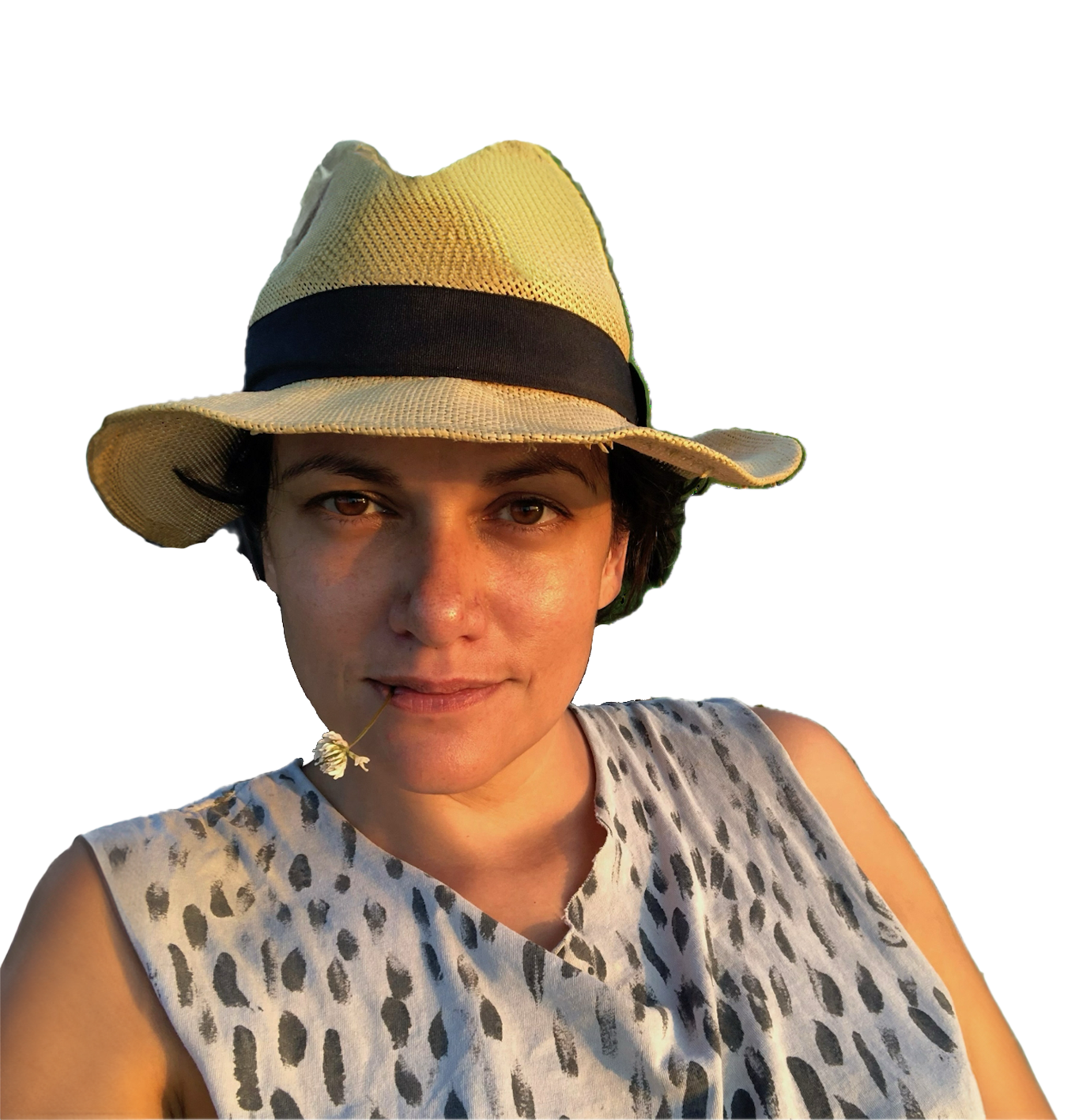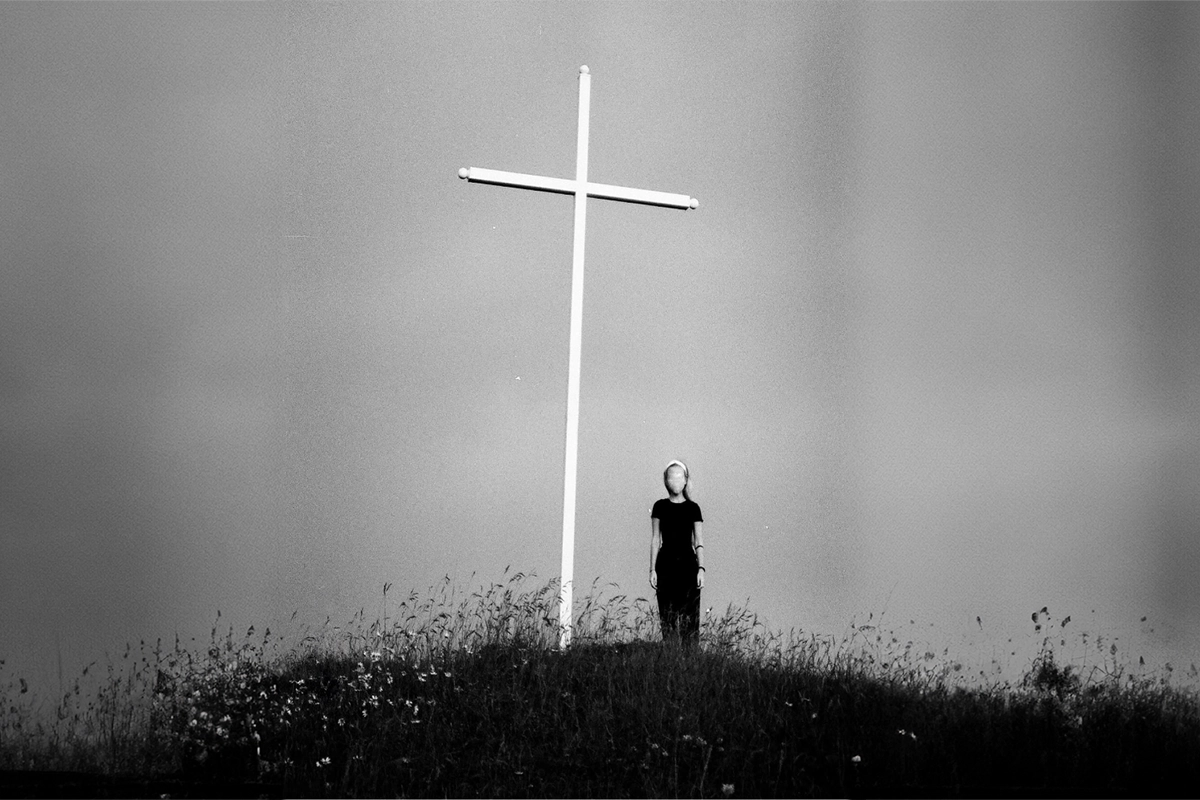Zehra Khan: “My art has a louder, braver, and stranger voice than I have.”

Exploring the interplay of culture, materials, and humour in her vibrant artistic practice
Zehra Khan discusses her multicultural influences, unconventional materials, and the balance between playfulness and serious themes in her creative work.
In the vibrant realm of contemporary art, few voices resonate as profoundly as that of Zehra Khan. Her innovative approach intertwines the rich tapestries of her multicultural heritage with a unique artistic vision that challenges conventions and celebrates the beauty of everyday life. Zehra’s work is a brilliant fusion of inspiration drawn from her diverse family background—her American mother’s handcrafted textiles and her Pakistani father’s artistic lineage. This melding of traditions gives rise to a strikingly original aesthetic, characterized by bold colours, intricate patterns, and a playful yet profound exploration of human connection.
Zehra Khan’s innovative artistry blends cultural heritage and found materials, creating vibrant works that resonate with humour and depth.
Zehra’s art reflects her passion for the unconventional, often employing found materials and repurposed objects that add depth and meaning to her creations. Each piece is a testament to her commitment to sustainability and her belief in the inherent value of the discarded. Through her practice, she invites viewers to reconsider their relationship with art and the world around them, blurring the lines between playfulness and serious themes. In this exclusive interview with WOWwArt Magazine, Zehra shares insights into her creative process, the influence of her artistic residencies, and her journey as a multifaceted artist. Join us as we delve into the mind of an artist who effortlessly weaves humour, memory, and culture into her thought-provoking works.
Can you describe how your multicultural background influences your artistic practice and the themes you explore in your work?
I draw inspiration from my family, my upbringing, and the immediacy of what is around me. My mother is from Idaho and my father is from Pakistan. I’m inspired by the wild color clashes, maximalist patterning and hyper decoration of Pakistan.

I grew up around a lot of different kinds of domestic arts and craft practitioners. The American women in my family made rag rugs, quilts, and embroidered. The Pakistani side of my family has painters, photographers, and art educators.
Your work often involves unconventional materials. What draws you to using found materials, and how do they contribute to your artistic expression?
My process is heavily inspired by the materials available, repurposing and recycling. I love the ways quilters use fabric scraps from worn-out clothing and trade swatches with friends. I create with a similar process of reusing: by cannibalizing my old paintings, drawings, photographs, elementary school homework, college notes, and letters.
I like to use materials available on hand: found materials, trash around my studio, and recycled paper and cardboard. I favour low-tech materials and practices. I love the uniqueness inherent in objects that are made by hand; that reveal ‘mistakes’ and deviations.
I take great inspiration from improvisers and Do-it-yourself people.
You’ve participated in numerous artist residencies. How have these experiences shaped your approach to art and your personal development as an artist?
Art residencies are like summer camp for adults… you get to hang out with other artists and see how they work, in and out of the studio. Travel has always been important in my life… my family lives on several continents.
I am often motivated by opportunity… If I encounter an incredible space, or find people who want to collaborate, I am drawn to make performance work with them.
When at home in my studio I have time to create work that involves a repetitive, meditative process.
Playfulness and absurdity are prominent in your work. How do you balance these elements with the more serious themes of relationships and human connections?
Playfulness is the bedside manner I appreciate the most. If a piece has humour in it, I immediately want to connect. I use humour to connect to people in my everyday life, and it seems to have spilt over into my art.
Your children’s book, “A Sunny Day for Flowers,” adds another dimension to your art. What inspired you to write this book, and how does it relate to your other artistic endeavours?
I love trying my hand at as many various experiences and projects as possible. When a publisher asked if I was interested in creating a board book, I said yes.
It is a collage combination of the animal characters from my performances interacting with paper flowers. The book is a mash-up of all the different kinds of artworks I make.
How do you see the role of performance in your work, and what do you hope to communicate through this medium?
I value the surreal that emerges from playing with reality. My thoughts are a real jumble, making art provides clarity. My art has a louder, braver, and stranger voice than I have.
EDITOR’S HIGHLIGHTS
Empowering Art & Artists Globally
“Being featured in WOWwART means gaining visibility not just in print edition, but across the entire media spectrum in the US, UK, Europe and beyond”

EDITOR’S HIGHLIGHTS
Media, Art and Artist
Media is a powerful tool to build relationships, boost visibility, influence decisions, and create lasting impressions for success and growth.













